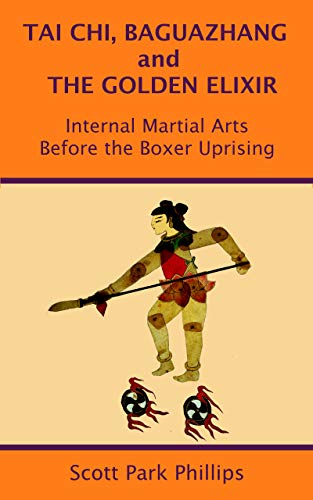Religious Culture and Violence in Traditional China
/Religious Culture and Violence in Traditional China, is a new short book by Barend ter Haar. It shares about 3/4 of the bibliography with my new book: Tai Chi, Baguazhang and The Golden Elixir.
A pdf of Barend ter Haar’s book is free to download until May 27th, check it out!
I have read much of his work, he writes highly academic stuff about Chinese religion and this book is no exception. It is a necessary update to much of his work because of the recent publications of Mark Meulenbeld’s Demonic Warfare (which I reviewed for the first issue of Martial Arts Studies Journal). I finished ter Haar’s book on the plane to the 5th International Martial Arts Studies Conference.
I am both delighted and disappointed. It is a great discussion, but I’m afraid that outside of religious studies, people will not be able to follow it. It requires specialized knowledge. That is great for me, because much of the material is covered in my book for the general reader. What disappoints me is that in the introduction he decides to dodge martial arts. This another example of the YMCA Consensus ruining everything. In the intro he even acknowledges the problem from the religious scholar point of view. He refers to the work of David Palmer and Vincent Goossaert who have pioneered explaining the imposition of the Christian Secular Normative Model on Chinese peoples ability to think about religion, and how that has affected scholarship in general. But the subject of this book is violence, so it is truly sad that he would dodge discussing martial arts. But again, that is a great reason for people to read my book.
Barend ter Haar does refer to Nezha’s role in Daoist martial rituals, which is exciting, but he calls him Third Prince Li, with no other reference. Which is a good example of why people may find his work difficult to follow. Anyway, it is a superb summary of way religion shapes conceptions of violence, and violence shapes conceptions of religion. It is probably the best reference available comparing Chinese use-of-force terminology. It also does a great job of summarizing conceptions of violence in the unseen world of ghosts and spirits. Check it out.


